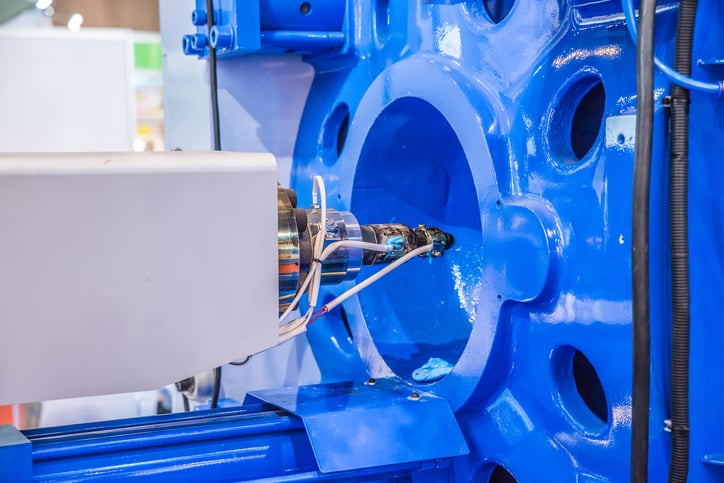If your manufacturing process uses injection molding to create parts for industries such as automotive, medical products, white goods/appliances, material handling and packaging, you’re probably looking for ways to improve product quality and efficiency while lowering operating costs.
One way to bring injection molding to the next level is by using physical foaming, here’s why :
- Foamed products are lighter. This is the primary driver for automotive and other vehicle manufacturers – including aviation – looking to trim weight anywhere possible. Lighter-weight products also cost less to handle and ship, which translates into savings for your business and for your customers.
- Foamed products use less raw material. Carbon dioxide fed into the molten resin mix creates bubbles – foam – in the mixture, expanding the volume within the mold before the plastic cools and hardens. Less resin is needed to achieve the desired part characteristics; but the products’ shape, structure and tensile strength still meet customer specifications. In fact, because the gas bubbles produced during foaming create an intrinsic holding pressure in the component, the potential for plastic shrinkage is reduced, and dimensional accuracy is increased.
- Newer foaming technology creates more process flexibility. Earlier generation technology required time consuming and costly retrofits to incorporate foaming into an existing injection molding machine. It was also limited to a particular injection molding machine, which limited its use only to those molds which fit that press. The latest developments in physical foaming technology eliminate these restrictions. Because it is auxiliary equipment, it requires no changes to the injection molding machine. Manufacturers now can use the technology on various injection molding machine sizes, decide to turn the foaming on or off, or switch to a different injection molding machined depending on the product specifications.
- Improved productivity and lower operating costs. Newer foaming technology, which combines the drying and foaming processes, shortens cycle times and improves production efficiency. Because foaming enables the use of lower filling and holding pressures, the requirements for the molding machine’s clamping force also can be reduced. A manufacturer may be able to reduce capital equipment costs since foaming enables the use of smaller tonnage injection molding machines.
- More affordable equals quicker payback. As the industry matures, foaming technologies that previously were cost-prohibitive – especially for smaller manufacturers – have become more accessible from a pricing perspective. Manufacturers using newer foaming technology have realized cost savings of up to as much 50 percent per piece compared with earlier generation physical foaming systems.
If you are interested is in extrusion foaming, learn if CO2 could make your process greener.




Comments
Messer makes no warranty of any kind with respect to the subject matter, the completeness, or accuracy of this blog. Messer is not responsible for any actions (or lack thereof) taken as a result of relying on or in any way using information contained in this blog. In no event shall Messer be liable for any damages resulting from reliance on or use of information in this blog. Readers should take advice from a qualified professional when dealing with specific situations. Descriptions of, or references or access to, other publications within this blog do not imply endorsement of those publications. This blog may contain technical inaccuracies and changes to the information may be made at any time.
Gas products are hazardous. The use or misuse of gas products involves serious risks, including injury, disability and death. Users of gas products must use the Safety Data Sheets for the gas products to warn their employees and others who are exposed to the gas products or hazards associated with such products.